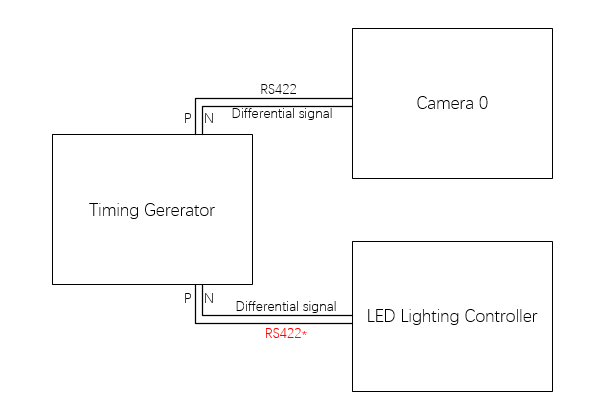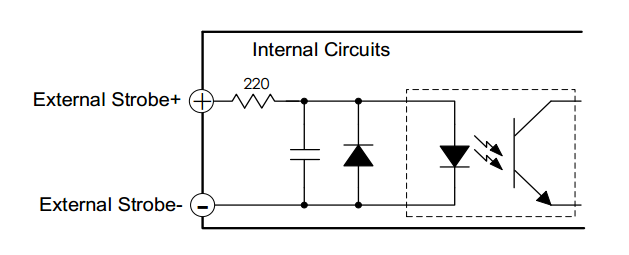Hi,
I have 8 channels of LVCMOS signals (3.3V) from FPGAs, and now I need to convert these 8 channels of LVCMOS signals to RS422.
The maximum frequency of the LVCMOS signal is 20kHz. Lower signal transmission delay ( < 50 ns), higher output driver ( >20mA ) and ease of use are basic requirements.
Could anyone please give me some suggests for my project. Is there some chip can meets my needs?
Thanks all.



